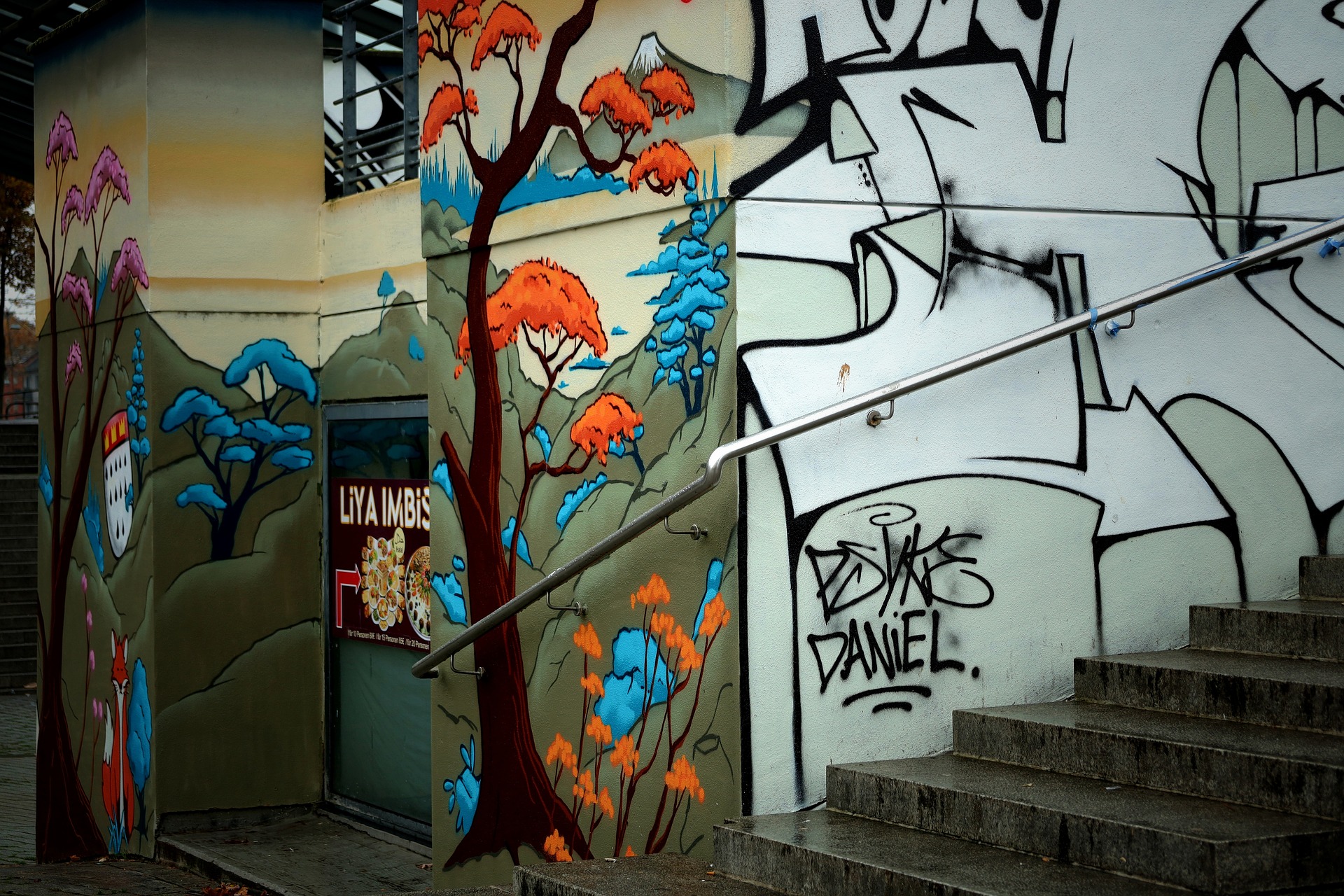Street Art's Shapeshifting Role: A Contemporary Cultural Revolution
Street Art, once considered a rebellious act of vandalism, has undergone a significant transformation. Its vibrant, thought-provoking, and open-air galleries have breathed new life into urban landscapes, reshaping cultural perceptions and the way we interact with public spaces.
Street Art: A Vibrant Voice for Social Commentary
Street Art has emerged as a powerful platform for social commentary, inviting dialogue on political, cultural, and social issues. Provocative pieces by artists like Banksy, Shepard Fairey, and JR have spurred conversations on topics such as war, inequality, and climate change. This art form’s democratic nature has made it an influential tool for advocating change and challenging the status quo.
The Elevation of Street Art: From Vandalism to Valuable
The perception of street art has evolved dramatically over the past few decades. Once dismissed as vandalism, it has now gained recognition as an esteemed art form. Auctions of works by renowned street artists fetch millions, demonstrating the form’s commercial viability and cultural resonance. This shift in perception has contributed to its mainstream acceptance and fostered an environment where street art can thrive.
Street Art and Urban Regeneration
Urban areas around the world have leveraged street art in their regeneration efforts. Neighborhoods previously marked by urban decay have been transformed into vibrant cultural hubs, drawing tourists and fostering community pride. Cities such as Melbourne, Berlin, and Miami have become renowned for their street art scenes, and their success has encouraged other cities to follow suit.
The Digital Transformation of Street Art
In the digital age, street art has found new avenues for expression and exposure. Artists use social media to share their work with a global audience, gaining followers and patrons from around the world. Augmented reality and interactive installations are pushing the boundaries of the medium, creating immersive experiences that engage viewers in unprecedented ways.
Street Art and its Cultural Impact
Street art’s cultural impact extends beyond the visual. It has influenced fashion, music, and interior design, transcending its outdoor origins and infiltrating various spheres of pop culture. It’s a testament to its relevance and adaptability, securing its place in contemporary culture.
Useful Tips and Facts:
- Street art began as an underground movement in the 1970s and 80s, linked to hip-hop culture and political activism.
- Banksy, one of the most famous street artists, maintains his anonymity to this day.
- Street art festivals, such as Upfest in Bristol, UK, and POW! WOW! in Hawaii, USA, celebrate the art form and bring artists together from around the world.
- The East Side Gallery in Berlin is the world’s largest open-air mural collection.
- The term “street art” encompasses various forms, including murals, stencils, wheat-pasting, stickers, and installations.
Street art’s evolution from a rebellious act to a respected art form reflects the power and potential of creative expression. Its transformative influence on urban landscapes, social discourse, and contemporary culture underscores its significance in today’s world. As street art continues to redefine itself, it invites us to question, engage, and marvel at the world around us.





